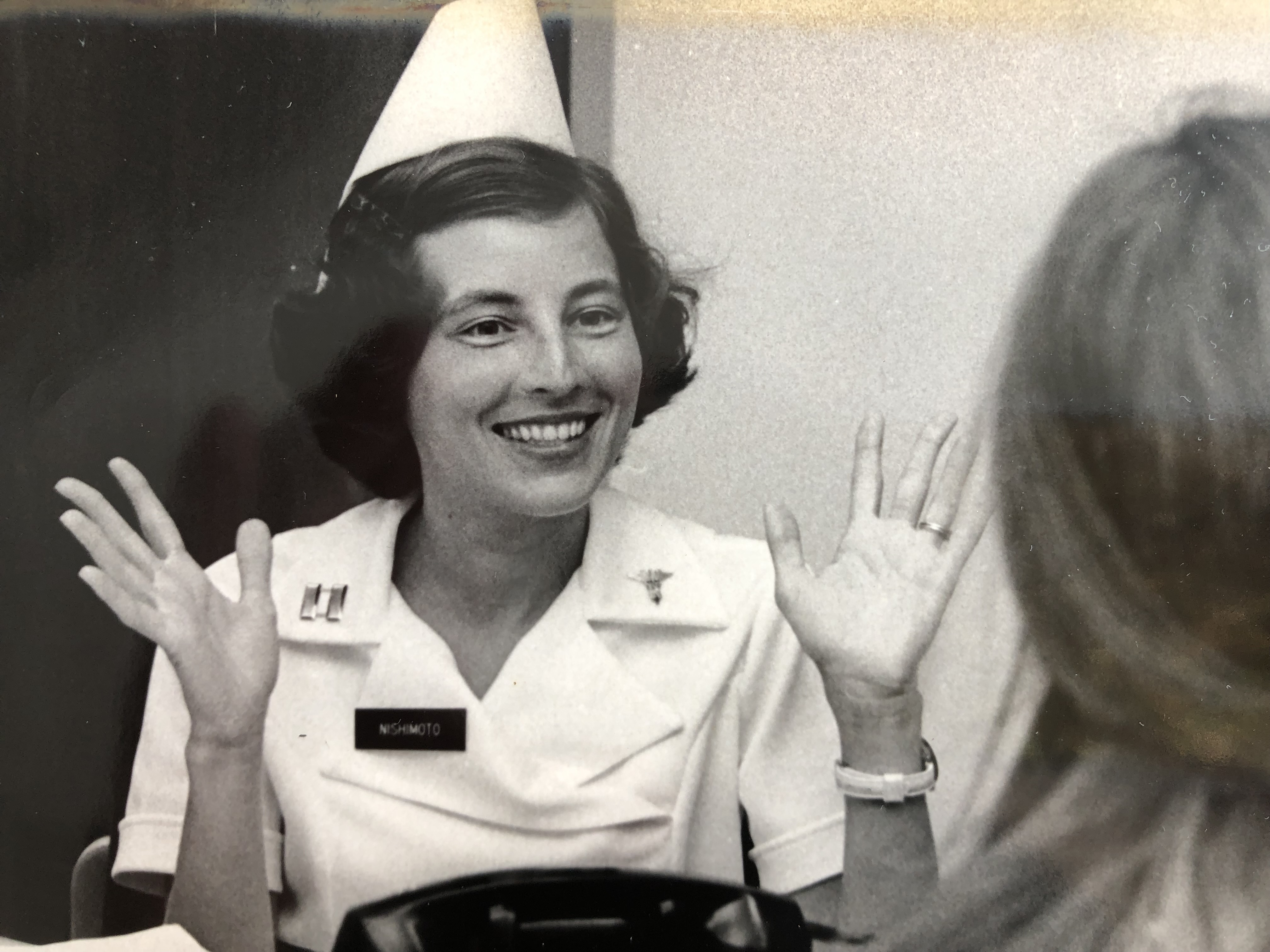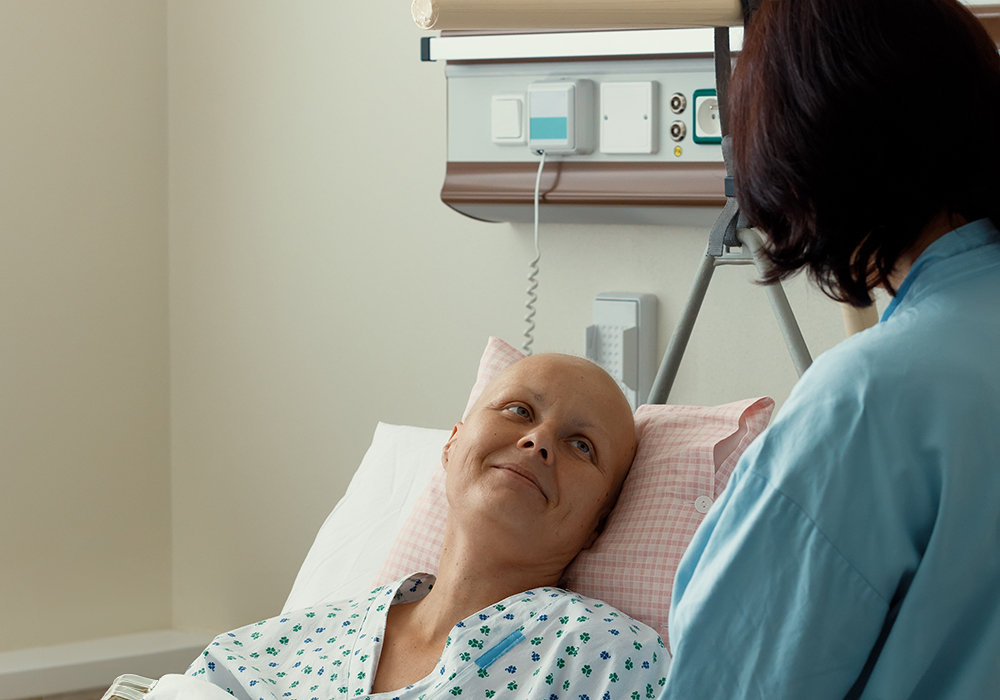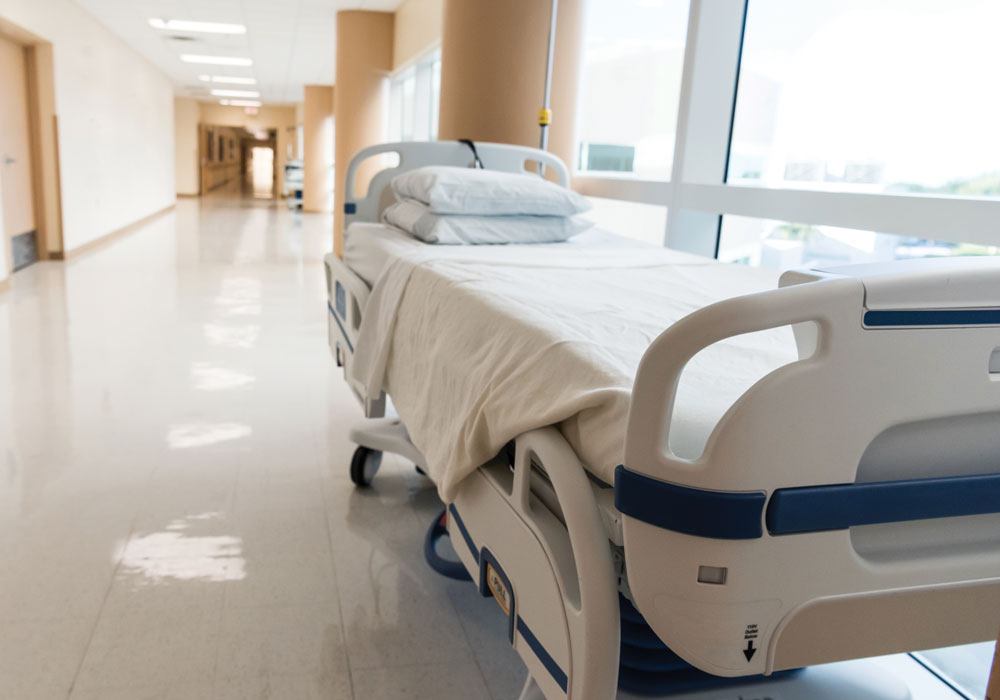By Patricia Nishimoto, BSN, MPH, DNS, FAAN
After years of hard work, Mrs. Jones and her husband had what seemed to be an idyllic life traveling and enjoying their life together. As a newly minted nurse on the medical/surgical unit, I got to know them over the months I cared for her during repeated admissions for melanoma. At each admission, they would be side by side, inseparable and so in love. I was just a new bride, and I wondered if my marriage would be as magical as theirs.

When she developed bone metastasis, her gentle smile continued to be a piercing ray of sunshine that brightened the open ward of 32 patients. She never mentioned the constant pain.
The year was 1974: one year before do-not-resuscitate orders were implemented in hospitals. Hospice was introduced that year, but only in Connecticut. It was a time when nurses were tasked with “not causing addiction” and gave pain medications only when certain a patient was in “real pain.” We were even cautioned to be aware of clock-watcher patients who would ring the bell for pain medication early. The standing order for pain medication was meperidine 50 mg given with hydroxyzine 25 mg intramuscularly every four to six hours. Meperidine, with its short half-life, poor absorption in patients with edema, and risk of tremors, seizures, delirium, and even psychosis, was later found to be ineffective for chronic pain.
As a young nurse, I often worked night shift and I would go to the back of the ward where terminally ill patients were placed after I had finished my rounds. Mrs. Jones would be lying in bed in pain. To keep her pain in check, I became the clock watcher to make sure she got every dose as prescribed. I would closely shave the medication timeframe and administer the pain medications every 3.5 hours without her having to ring her call button. With each injection, I would then sit quietly beside her, gently massaging and praying she could get some sleep, because her nights were the hardest. Her only desire was to go home and be with her beloved husband, but she knew this was not possible. As I would sit with her, she would tell me about their amazing trips and the many memories they had made together.
I so wanted to help her. Although I could not remove her pain, prevent the standing-order CPR that would be done when her heart stopped, or find a way to get her home, I could do something. So when assigned to be the charge nurse, I moved Mrs. Jones's bed from the open ward to one of the ward's private rooms reserved for patients with infectious diseases. I decorated the room with a candle and provided champagne and a bed for her husband so that he could spend the night with her side by side. I put a do-not-disturb sign on the door and let the night nurse know about plan, should any questions be raised.
An overnight together was my gift to them. Although they did not use the candle and champagne, with a gentle smile Mrs. Jones told me that the night with her beloved husband had been the first night in two weeks that she had slept through.
She died several days after the night together, leaving me with a gift that guided my work for the next 50 years and continues to this day: my ah-ha moment. Mrs. Jones taught me to not be afraid to sit quietly and listen, even when I want to run away; to be a strong advocate for pain relief; and to actively include families as part of caring for their loved ones. And her gift grew, building my resolve, when her husband returned to the ward and told me, "That was the most painful night of my life, lying next to my wife and worrying each breath was her last. But it is now my most precious moments of when I got to be next to her and hear her say it was the first night she had slept well since admission."
To this day I fondly remember Mrs. Jones’s gentle smile. In her memory, I have become a fierce advocate for appropriate pain management and palliative care. Because of Mrs. Jones’s gift, I have been honored to receive the Reginald Ho Pain Award for pain management, the national Schering Award for work with terminally ill patients with cancer, and facilitating the initiation of a palliative care program at the medical center. Mahalo nui loa, Mrs. Jones.
Editor’s note: This story was submitted as part of the “Storytelling: What Keeps Us Going” session held during the 47th Annual ONS Congress® on April 28, 2022.






